Armed with a big idea and a short email list, Zoher Bharmal (MS, Computer Science’98) started a unique effort to fund scholarships for computer science students at USC.
Bharmal, who is an employee at Microsoft’s Irving, Texas facility, wanted to establish an endowment to give back to the university where he and his wife, Farida, earned their degrees. But he could not fully fund the $25,000 required to endow a scholarship.
He turned to Microsoft’s matching gift program, which provides dollar-for-dollar money to charitable organizations or institutions selected by Microsoft employees. Then, he looked to a group of employees within Microsoft who were USC alumni.
Though he had not met any of these colleagues and they were scattered across the country, he sent them an email detailing his hope to fund a computer science scholarship through their collective contributions. Within a week, six USC alumni joined the effort.
“What’s interesting about this group is that most of us don’t know each other, but we are joined by our interest in giving something meaningful back to USC, “said Bharmal. “We may live thousands of miles apart - Seattle, Dallas, Washington DC and Charlotte - but we have a common bond.”
Using Microsoft’s payroll deduction and matching gift contributions, the group is expected to fully fund the scholarship within 18 months.
For information regarding contributions to the USC Alumni/Microsoft Employees Endowed Scholarship Fund, contact Jeff Verver at The College of Engineering and Computing at
verver@cec.sc.edu or call (803) 777-3612.
In Their Own Words
“I’ve considered giving to the university, but wanted my efforts to go to something beyond a general fund. When I saw the opportunity to participate in the endowment, I jumped on board. With Microsoft’s match, you feel even better that you can give even more.”
Evan Dodds – Microsoft employee, donor and alum
“USC enabled me to be at Microsoft today, and I am thrilled to give and help undergraduates succeed! I was very grateful for the help and education I received, and felt that in some way I should give back. I think about all the instructors who helped me, and even though it was years ago I can vividly remember all of them. The Microsoft match makes giving that much easier.”
Amy Vargo – Microsoft employer, donor and alum
This articles is from
the CEC News website.
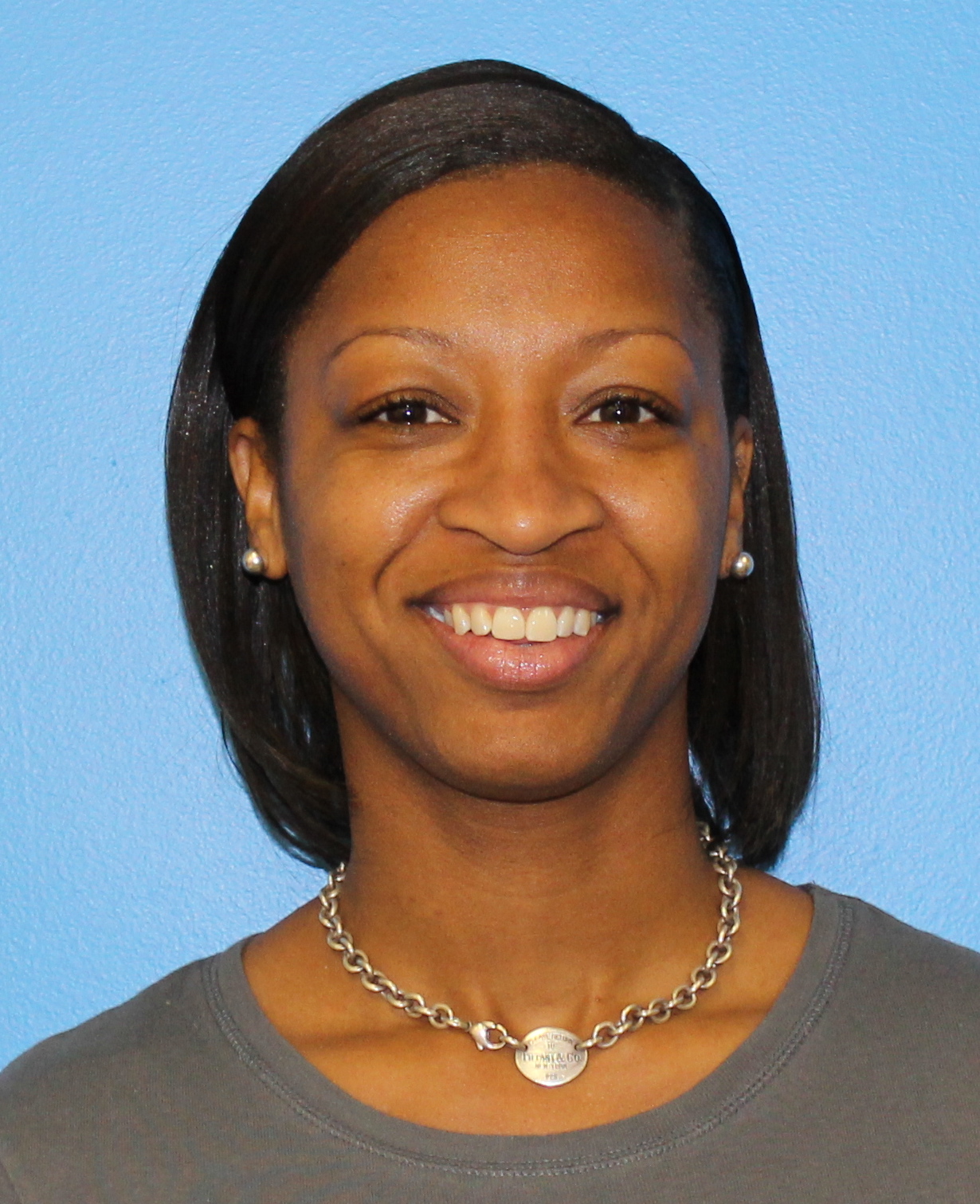 PhD student Karina Liles has been named a GEM Affiliate Fellow by the the National Consortium for Graduate Degrees for Minorities in Engineering and Science. GEM's mission is to broaden participation of minorities in STEM fields at the graduate level. Liles works with Dr. Beer in the ART LAB and is studying the use of robots as teaching assistants for middle school educators.
As reported by CEC news article
PhD student Karina Liles has been named a GEM Affiliate Fellow by the the National Consortium for Graduate Degrees for Minorities in Engineering and Science. GEM's mission is to broaden participation of minorities in STEM fields at the graduate level. Liles works with Dr. Beer in the ART LAB and is studying the use of robots as teaching assistants for middle school educators.
As reported by CEC news article

 Our
Our 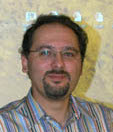 We would like to welcome our newest assistant professor,
We would like to welcome our newest assistant professor, 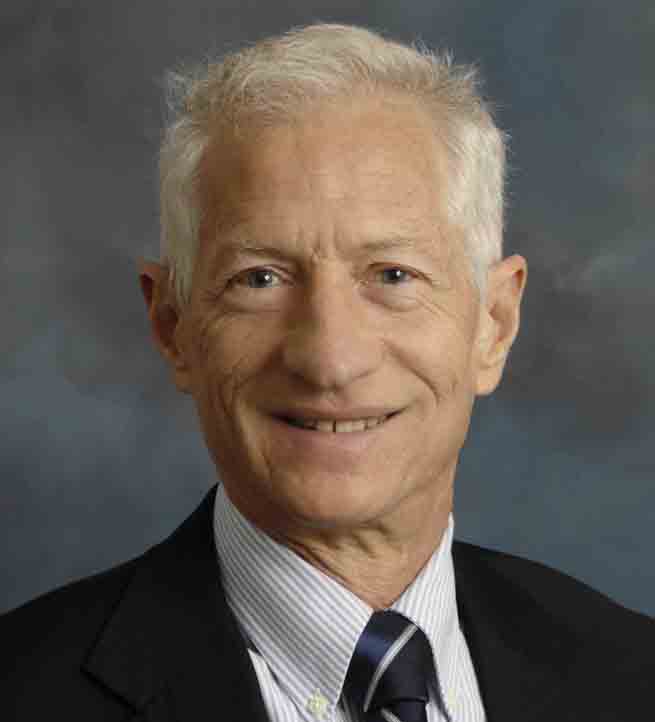 We would like to congratulate our very own
We would like to congratulate our very own 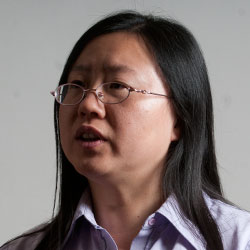

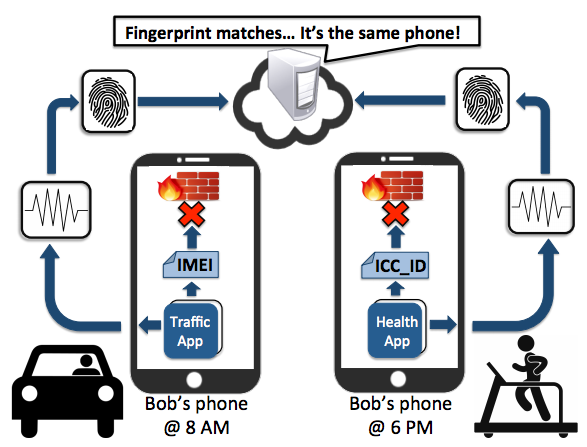
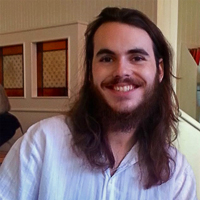 We would like to congratulate
We would like to congratulate 
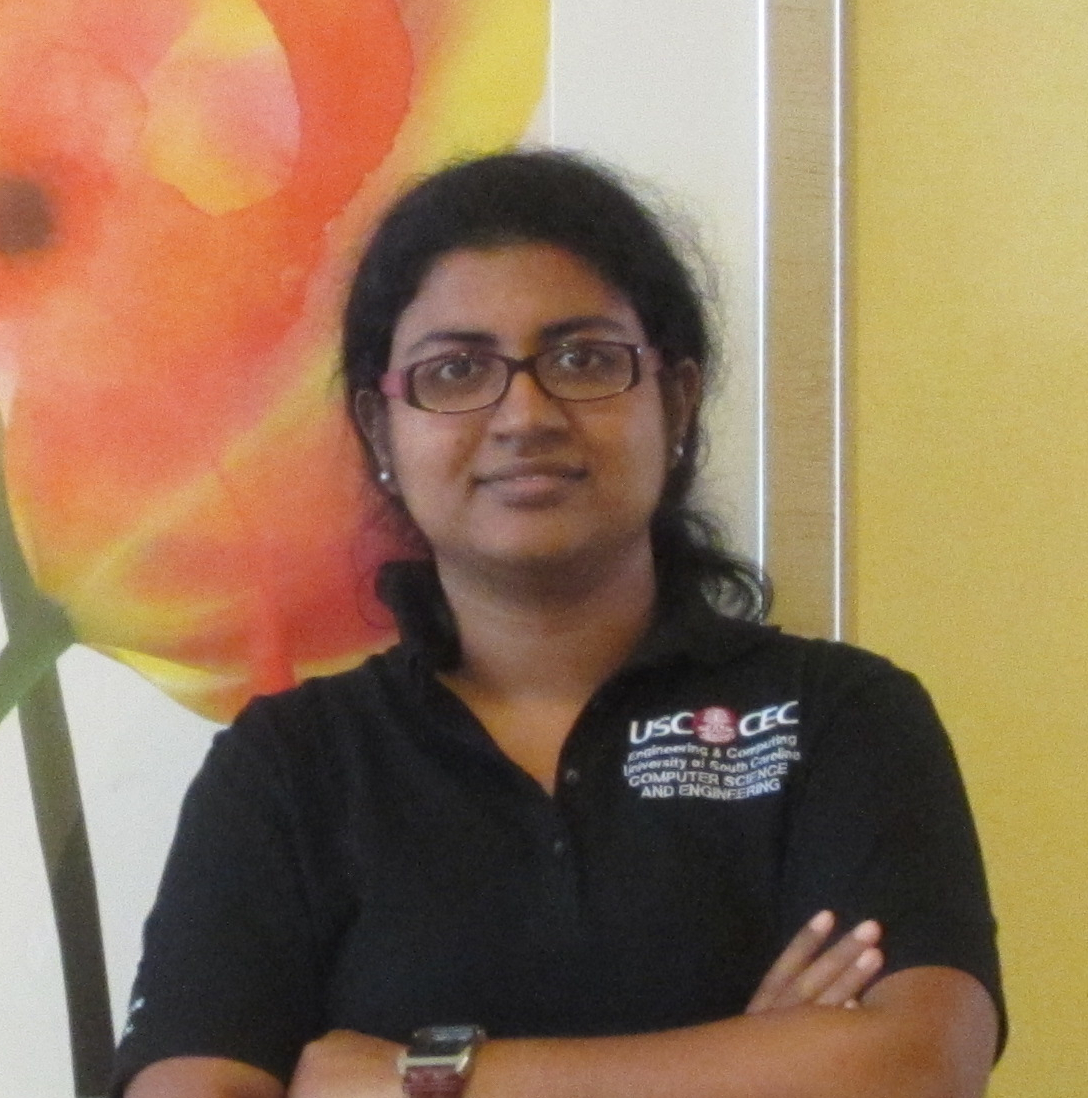 Two of our graduate students,
Two of our graduate students, 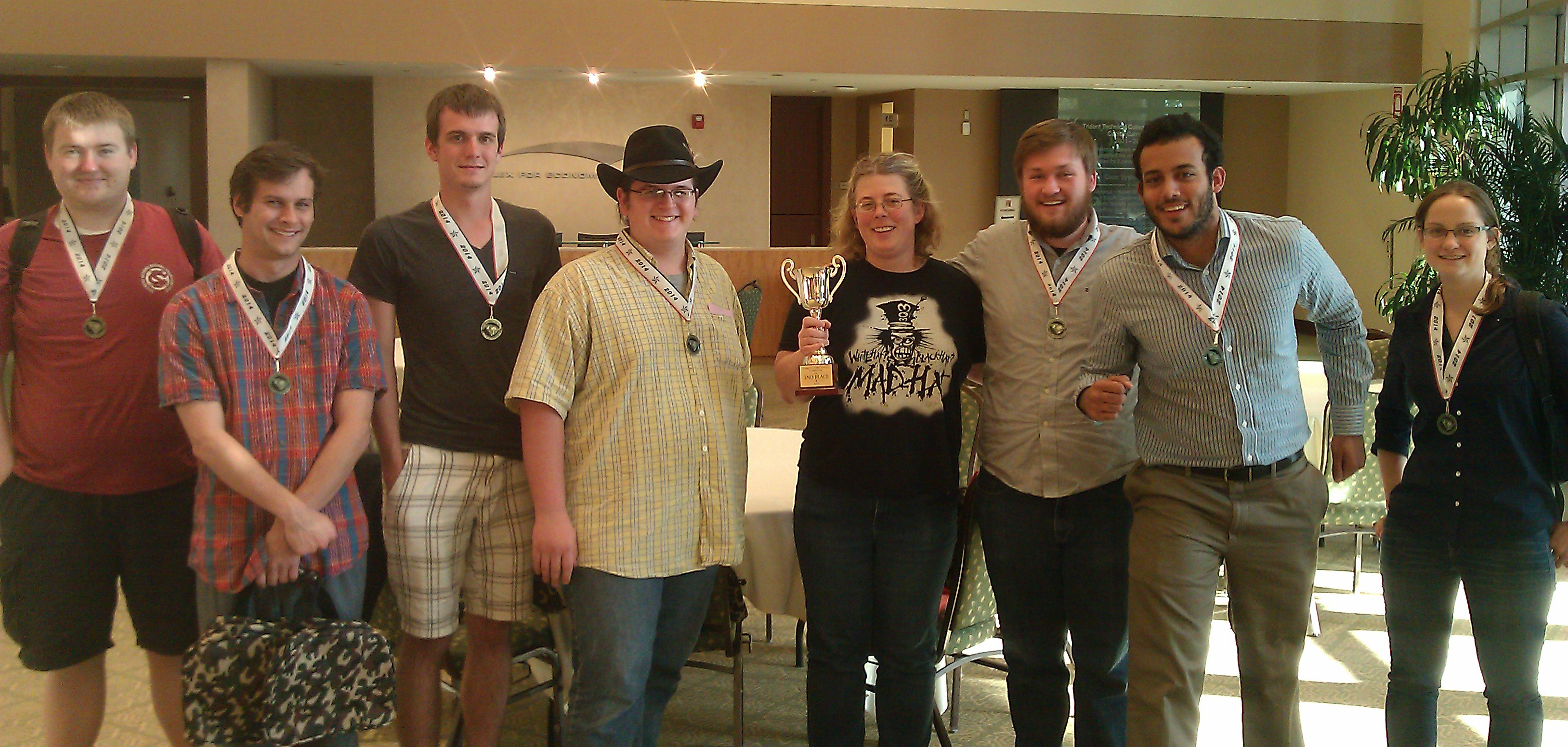
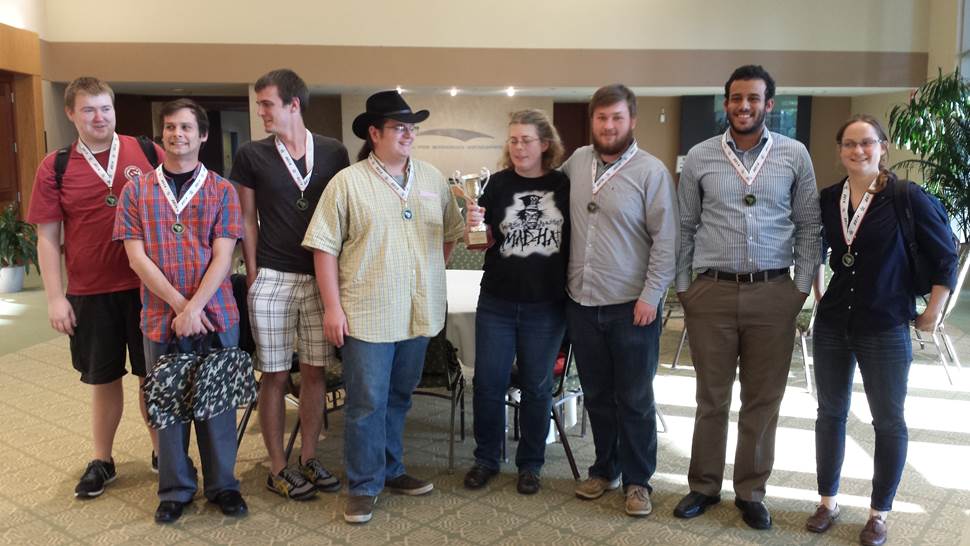
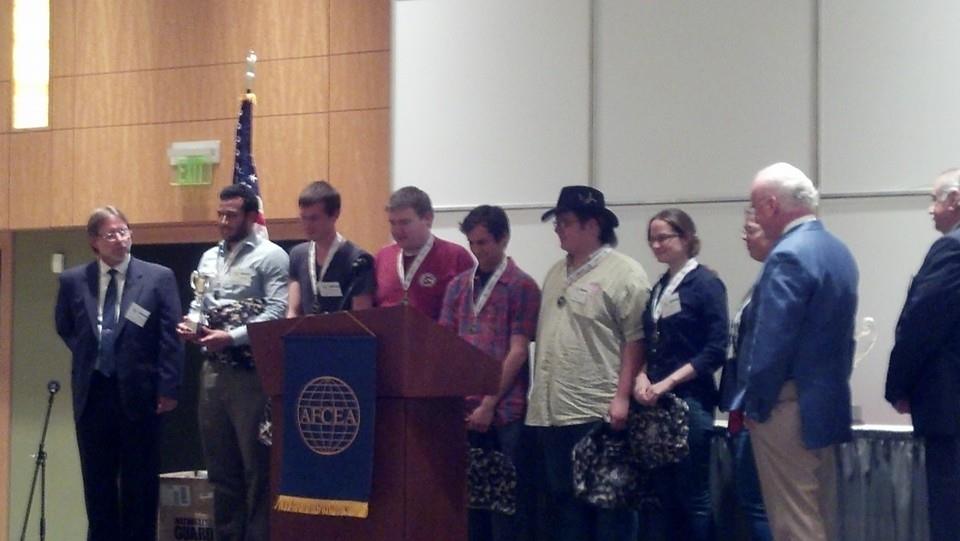
 We congratulate the following graduate students for receiving recognition for their outstanding work.
We congratulate the following graduate students for receiving recognition for their outstanding work. 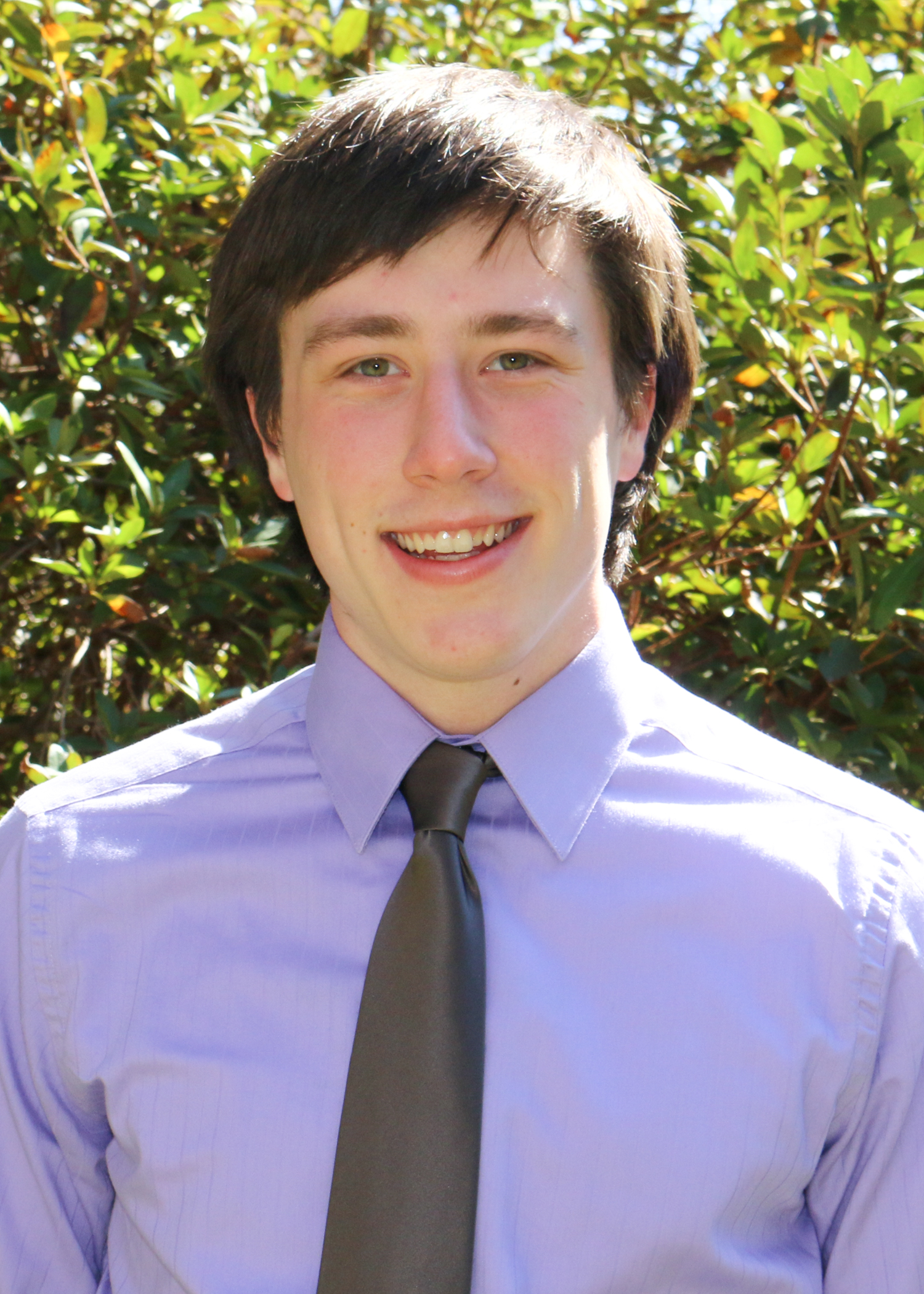 We are pleased to announce that one of our undergraduate students,
We are pleased to announce that one of our undergraduate students,